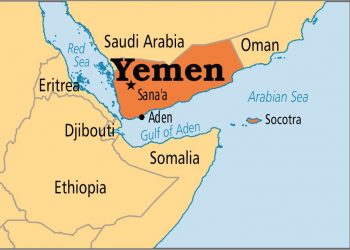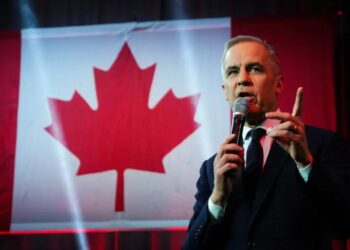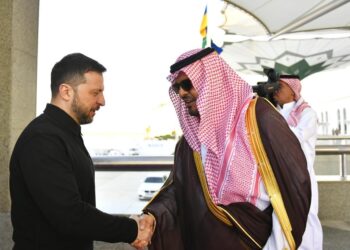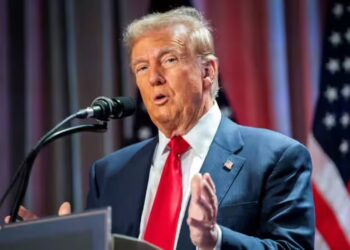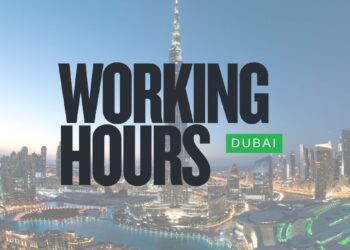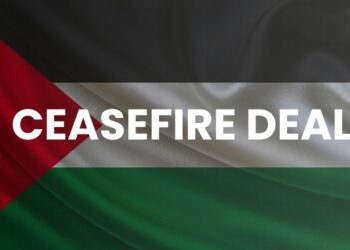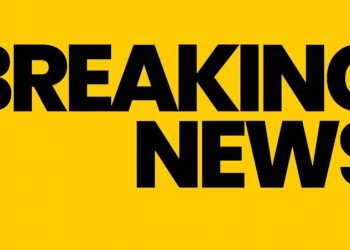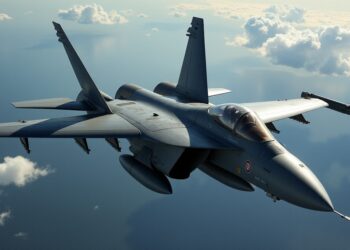Vice President and Prime Minister of the UAE and Ruler of Dubai has approved for the 30-km extension of Dubai Metro, known as the Blue Line, is a significant development set to cater to approximately 1 million people.
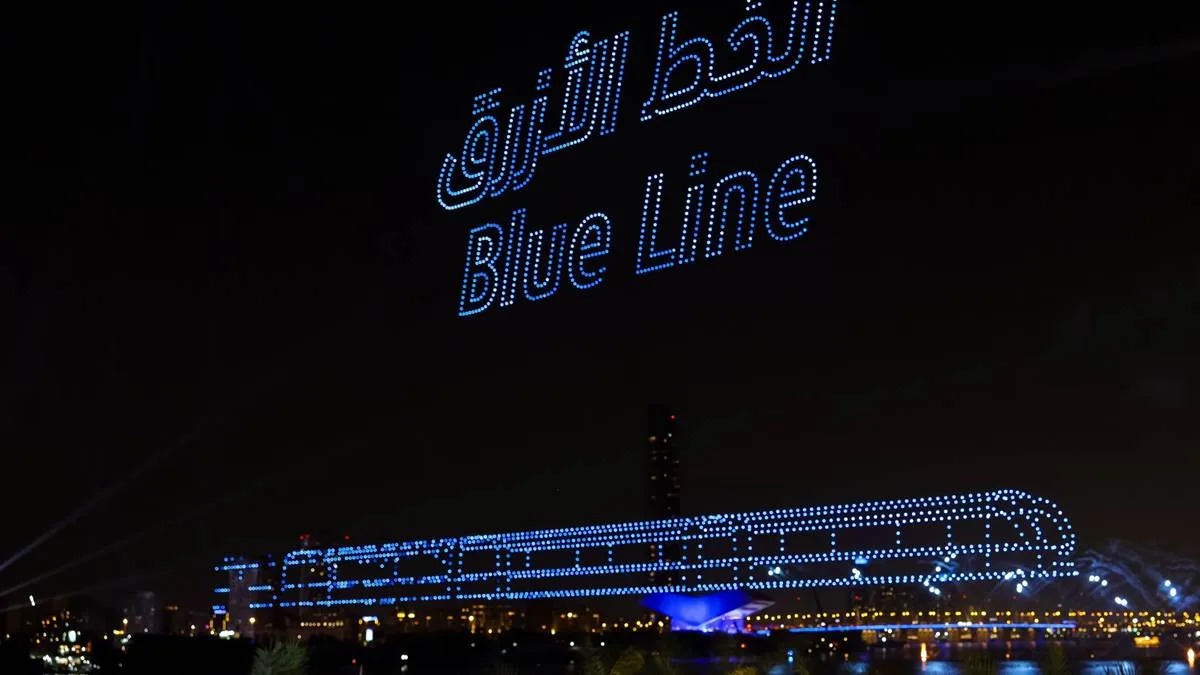
His Highness shared on X (formerly Twitter) that this transformative project in the emirate’s public transport sector will incur a cost of Dh18 billion.
The Dubai Metro’s Blue Line is designed to seamlessly connect with the existing Red and Green Metro lines, spanning a total length of 30km. Among its features, 15.5km will be underground, reaching depths of up to 70 meters, while 14.5km will be elevated rail, extending the Dubai Metro’s total track to 131km.
This network will feature a total of 168 trains traversing through 78 stations.
Dubai Metro Blue Line Areas
The areas served by the Blue Line include:
- Dubai Festival City
- Dubai Creek Harbour
- International City
- Al Rashidiya
- Al Warqa
- Mirdif
- Dubai Silicon Oasis
- Academic City and neighboring regions
However, there is still a lot of time before it becomes usable with official operations scheduled to commence by 2029, accommodating around 320,000 new passengers daily.
In a tweet, Sheikh Mohammed underscored the vital role of the Dubai Metro as the backbone of the city’s public transport system, having served over 2 billion commuters in the past 14 years.
Mattar Al Tayer, director-general and chairman of the Board of Executive Directors of the RTA, elaborates on additional details in the following interview.
Dubai Creek Crossing
The Blue Line will introduce the first trains to cross Dubai Creek, originating from the southern terminus of the Green Line in Al Jaddaf, heading towards Dubai Festival City and Dubai Creek Harbour. It will boast the most expansive underground station, covering 44,000 square meters in the International City area, along with an iconic station on the Dubai Creek.
In terms of eco-friendly and sustainable construction, the Blue Line will adhere to Green Building specifications, with additional requirements to achieve the highest Platinum category.
Blue Line Stations
According to a recent tender issued by the Roads and Transport Authority (RTA) for the design and construction of the Blue Line, there will be a total of 14 stations for the new rail. Seven of these will be elevated, including one iconic station; five will be underground, including one interchange station; and two elevated transfer stations connected to the existing Centrepoint station, the eastern terminus of the Red Line in Rashidiya, and Creek station, the southern terminus of the Green Line in Al Jaddaf.
The tender also includes the supply of 28 new driverless trains, the construction of a new depot capable of accommodating up to 60 trains, and the building of all associated roads, facilities, and utility diversion works for the Blue Line.
The deadline for the submission of detailed proposals from contractors, joint ventures, or consortiums was set on November 24.
Construction Plan
Following a thorough evaluation, the project awarding announcement is expected next year. Tunnel boring to create an underground corridor for the Blue Line is scheduled to commence in 2025. The trial operation is anticipated in 2028, with the official rollout in 2029.
The Blue Line metro extension aligns with the Dubai 2040 Urban Plan, launched in March 2021, anticipating Dubai’s population to reach 5.8 million by 2040. This marks a significant increase from 3.3 million in 2020, with the city’s daytime population expected to rise from 4.5 million in 2020 to 7.8 million in 2040. This necessitates a comprehensive plan for sustainable urban development.
The Dubai Metro Blue Line is poised to meet the demands of rapid economic and urban growth in Dubai, fostering linkages between main hubs of economic and social activities, as outlined in the RTA’s released tender.
Read more: Burj Khalifa Taking Fireworks and Laser Shows to New Heights on New Year’s Eve in Dubai.
Follow INCPAK on Facebook / (X) Twitter / Instagram for updates.

